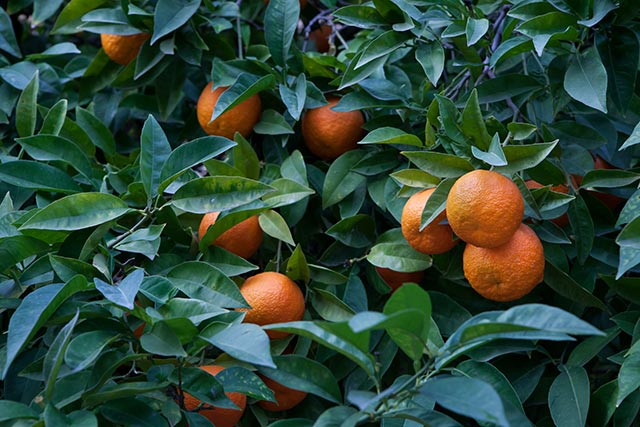 Parler
Parler Gab
Gab
Generating power from oranges
When life gives you oranges, make electricity. The juice of oranges contains fructose, which is made up of short carbon chains. The energetic performance of these carbon chains during fermentation is very high. The aim for now is to use the energy generated from fermenting oranges to run the water purification plant to provide the city with clean drinking water and sanitation. Currently, water purification plants consume nearly 40 percent of the energy needed to keep the city supplied with clean drinking water. The long-term goal is to put surplus energy generated from the oranges back into the city's electricity grid. "EMASESA is now a role model in Spain for sustainability," Mayor Juan Cejas told a press conference. Moreover, the project will help the city hit its targets for lowering emissions and become self-sufficient when it comes to energy. (Related: “Green” policies aimed at reducing CO2 emissions are having the opposite effect.) The orange trees in Seville originated in Asia. They were brought to Spain by Arabians roughly 1,000 years ago. The trees adapted well to the climate in the region and quickly proliferated. Fernando Figueroa, head of the city's parks department, said the trees took root and adapted so well there that they became resistant to pollution. "People say the city of Seville is the world's largest orange grove," added Figueroa. The entire region produces about 15,000 tons of the bitter-tasting oranges. In Seville, the oranges are normally just left to plop on the ground. But the juice of the fruits can make the streets sticky and black with flies. In fact, the city council employs some 200 people to clean the streets of juice from the squashed oranges. Most of the oranges in Seville are exported to Britain, where they are used to make fruit preserves. So with this new project by the city's water utility company, the city of Seville itself may now benefit from their oranges. Go to Power.news to learn more about how scientists are making fuel out of fruits and other organic matter. Sources include: TheGuardian.com LongReads.comStudy shows antioxidants in cheese may protect blood vessels from salt damage
By Rose Lidell // Share
Supplementing with vitamin D found to improve blood pressure in overweight children
By Zoey Sky // Share
The end of meat? Dutch “green” policies force dairy farmer to cull 95% of his herd
By Ethan Huff // Share
Governments continue to obscure COVID-19 vaccine data amid rising concerns over excess deaths
By patricklewis // Share
Tech giant Microsoft backs EXTINCTION with its support of carbon capture programs
By ramontomeydw // Share
Germany to resume arms exports to Israel despite repeated ceasefire violations
By isabelle // Share










